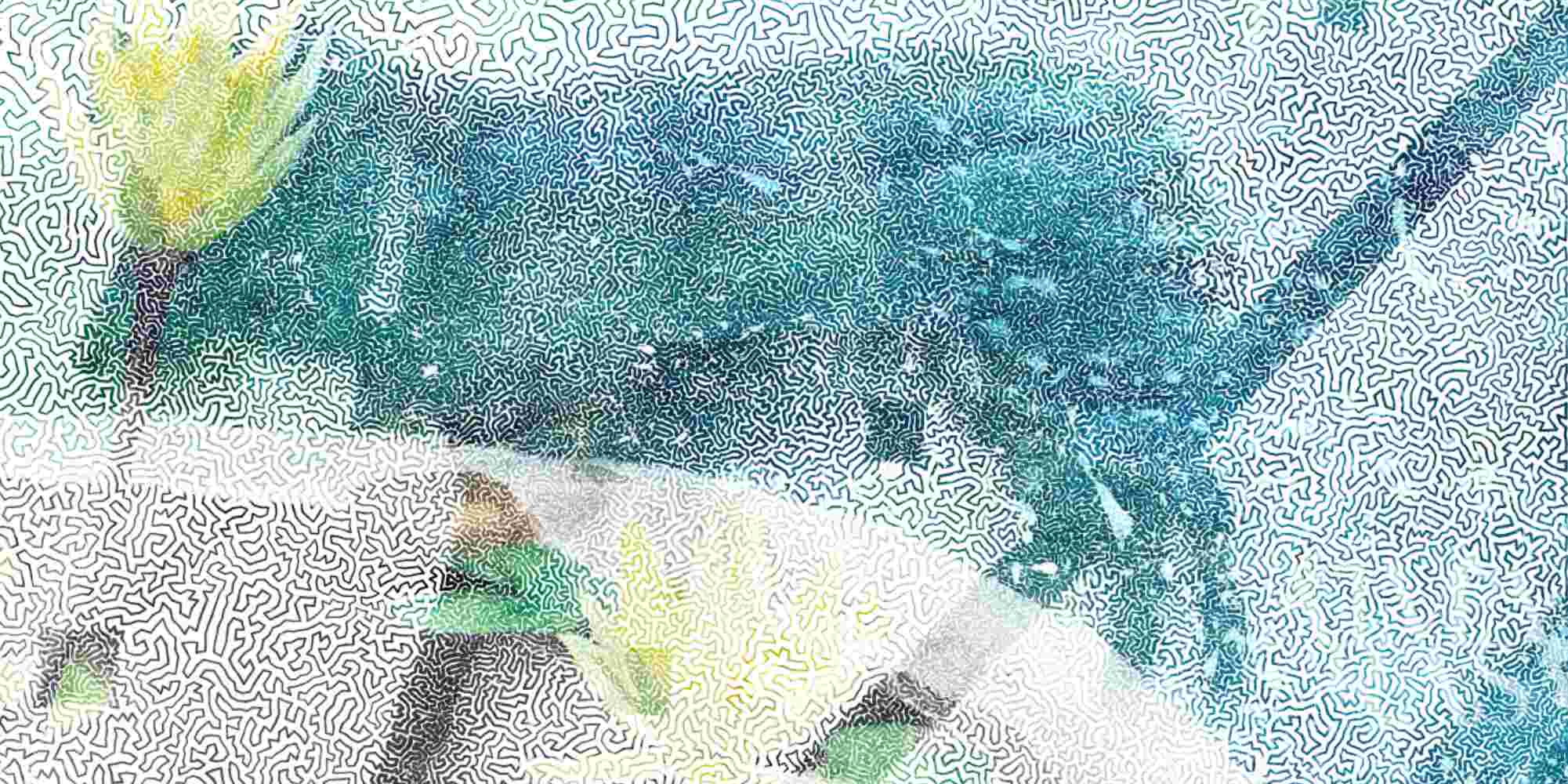I would like to share a recent experience of applying the travelling salesman problem to art.
While meandering through the wilderness of the dark arts (Graphic Design) I stumbled upon this nondescript rabbit-hole of a workflow by Arjan Westerdiep, a programmer based in the Netherlands. He had used the TSP art algorithm (more on this in a bit) invented by Robert Bosch, Robert and Eleanor Biggs Professor of Natural Science at Oberlin College, Ohio. Here is the link to the rabbit hole
It was immensely satisfying to play with that workflow and I’ve shared the output of that experiment here.
The travelling salesman problem asks the following question: “Given a list of cities and the distances between each pair of cities, what is the shortest possible route that visits each city exactly once and returns to the origin city?”. Extending this logic to art, one asks “ Can I first transform a photo into plane of dots (of varying radii), and then attempt to solve the TSP problem on this plane? That is, can i connect each dot only once, with a single line going around the plane?”.
Here are the results:




The Final Image:


